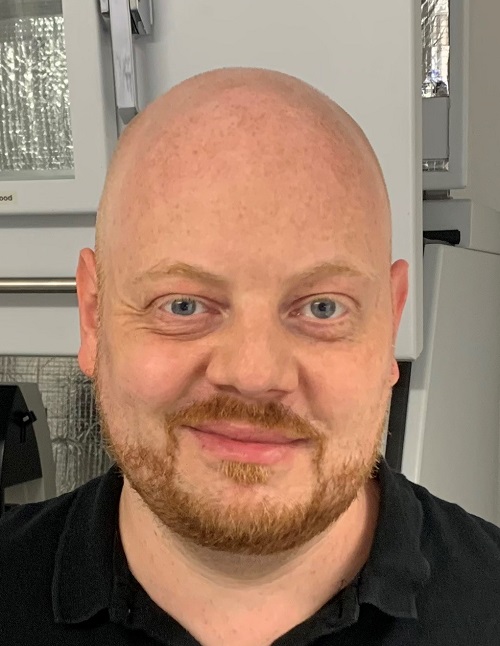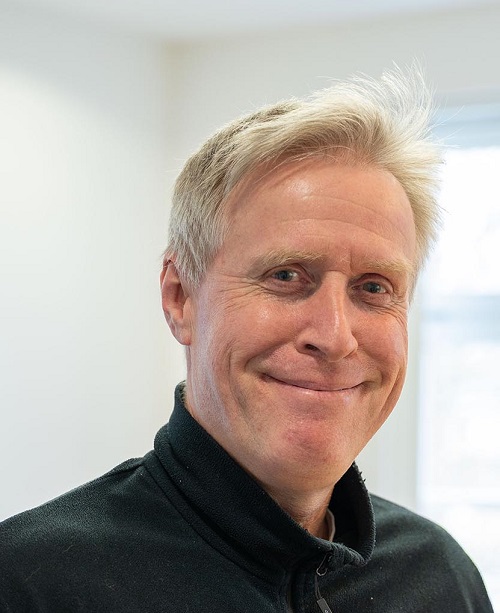Initial adhesion events between pathogenic microorganisms and biotic/abiotic surfaces studied by Atomic Force Microscopy-based Single Cell Force Spectroscopy

Investigating the early steps of pathogen adhesion to host structures or medical devices is an important task of medical basic research. Once adhered to a substrate, pathogens have developed numerous strategies to strengthen that initial contact and entering a sessile stadium. In this scope, several bacterial species, like Staphylococcus aureus, Coagulase-negative staphylococci or Enterococcus spp. are capable to form microbial biofilms, in which cells are embedded in an extracellular protein or polysaccharide layer rendering the pathogens less susceptible to antibiotic treatment and the host immune response. In contrast, fungal biofilms, as exemplified by Candida albicans, are usually characterized by growing, interweaving hyphae after transitioning its growth phase from a yeast-based dissemination stage to a hyphae stage mediating pathogenicity. Protozoan parasites, on the other hand, have developed complex organelles mediating adhesion and pathogenicity. This aspect is currently investigated for the microtubule-based adhesive disk of Giardia duodenalis (synonymous: Giardia intestinalis, Giardia lamblia), which is believed to function similar to a suction cup.
Our initial adhesion studies focus mainly on Atomic Force Microscopy (AFM), which has emerged as a tremendously versatile tool to study mechanical properties and adhesion forces of organisms at a cellular and subcellular level. We are utilizing AFM-based Single Cell Force Spectroscopy to characterize adhesion properties of diverse pathogens described above in various approaches. Adhesion properties of eukaryotic cells to naïve or functionalized surfaces is another major pillar of this part of IMMH research activities, which is mainly addressed by Fluid-FM technology.
We are happy to collaborate with interested colleagues and students. If you are interested, please feel free to contact us.
Assessment of the biofilm formation capacities of Staphylococcus aureus strains Newman and Newman D2C in vitro and in vivo
Ben Wieland, Gubesh Gunaratnam, Linda Pätzold, Noran Abdel Wadood , Georges Pierre Schmartz, Swarnali Kundu, Nikolay Krasimirov Kirilov, Ina Krüger, Mohamed Ibrahem Elhawy, Jacqueline Rehner, Hannah Heintz, Frank Schmitz, Daniela Yildiz, Gabriela Krasteva-Christ, Sören Leif Becker, Karin Jacobs, Markus Bischoff (2025)
Scientific Reports 15(1):16132
The adhesion capability of Staphylococcus aureus cells is heterogeneously distributed over the cell envelope
Christian Spengler, Erik Maikranz, Bernhard Glatz, Michael Andreas Klatt, Hannah Heintz, Markus Bischoff, Ludger Santen, Andreas Fery, Karin Jacobs (2024)
Soft Matter 20:484-494
DOI: 10.1039/d3sm01045g
Characterization of the Elasticity of CD4+ T Cells: An Approach Based on Peak Force Quantitative Nanomechanical Mapping
Philipp Jung, Xiangda Zhou, Sandra Iden, Bin Qu, Markus Bischoff (2022)
Bio Protoc. 12(8):e4383
Quantification of the adhesion strength of Candida albicans to tooth enamel
Gubesh Gunaratnam, Johanna Dudek, Philipp Jung, Sören L Becker, Karin Jacobs, Markus Bischoff, Matthias Hannig (2021)
Microorganisms 9:2213
Staphylococcus aureus adhesion on hydrophobin coatings: Adhesion forces and the influence of surface charge
Frederike Nolle, Ben Wieland, Kirstin Kochems, Hannah Heintz, Michael Lienemann M, Philipp Jung, Hendrik Hähl, Markus Bischoff, Karin Jacobs (2025)
ACS Omega
Characterization of a unique attachment organelle: Single-cell force spectroscopy of Giardia duodenalis trophozoites
Gubesh Gunaratnam, Ricarda Leisering, Ben Wieland, Johanna Dudek, Nicolai Miosge, Sören L Becker, Markus Bischoff, Scott C Dawson, Matthias Hannig, Karin Jacobs, Christian Klotz, Toni Aebischer, Philipp Jung (2024)
Nanoscale 16:7145-7153
DOI: 10.1039/d4nr00122b
Hydroxyapatite pellets as versatile model surfaces for systematic adhesion studies on enamel: A force spectroscopy case study
Johannes Mischo, Thomas Faidt, Ryan B. McMillan, Johanna Dudek, Gubesh Gunaratnam, Pardis Bayenat, Anne Holtsch, Christian Spengler, Frank Müller, Hendrik Hähl, Markus Bischoff, Matthias Hannig, Karin Jacobs (2022)
ACS Biomater Sci Eng. 8:1476-1485



